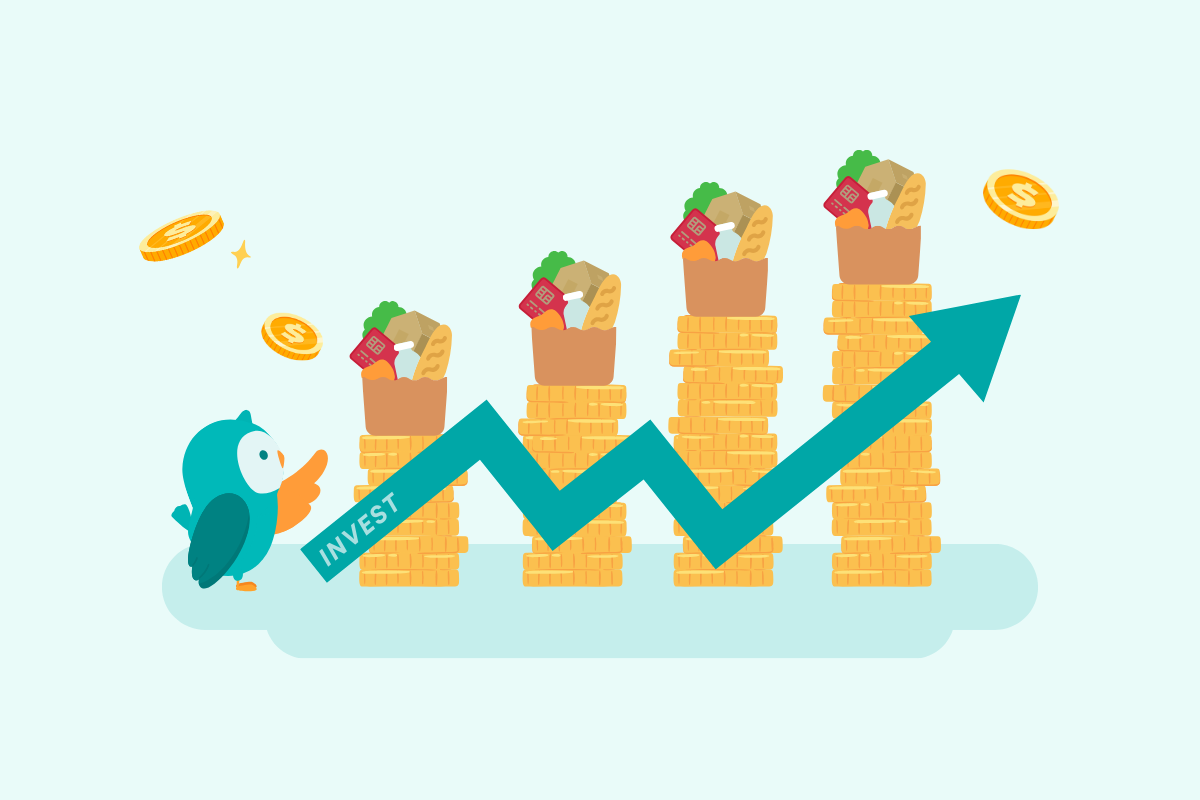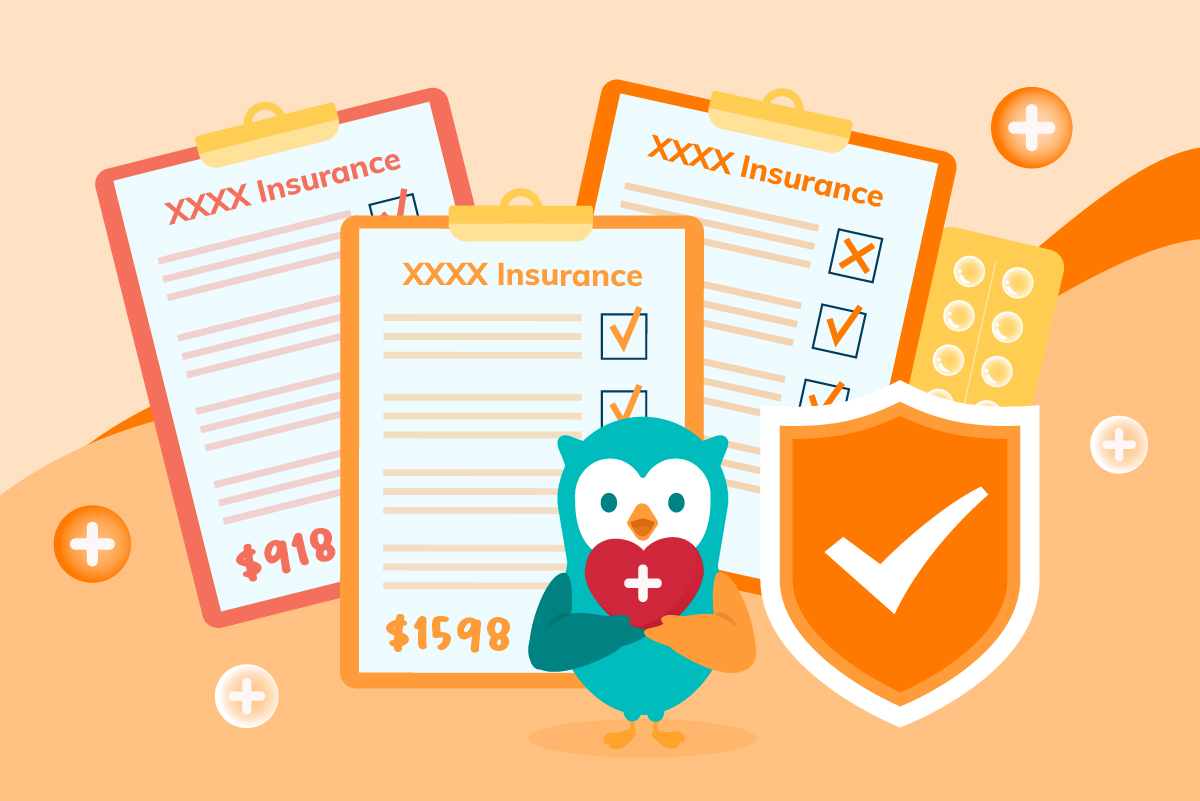Note: It was announced in November 2023 that MoneyOwl will be acquired by Temasek Trust to serve communities under a re-purposed model, and will move away from direct sale of financial products. The article is retained with original information relevant as at the date of the article only, and any mention of products or promotions is retained for reference purposes only.
______________
Investing your CPF Ordinary Account (OA) monies is not something to be taken lightly. Before you commit, here are some pertinent questions to ask yourself.
In our previous article, we shared the benefits of investing your CPF OA monies and you may have been considering taking action. To find out if CPF investing is indeed suitable for you, here are some questions you should ask yourself.
1. When do you need to use this sum of CPF monies?
CPF OA savings can be used for several purposes, chief of which is for the down payment of a property. You may also have plans to use your CPF OA to finance your children’s tertiary education in Singapore or boost your retirement savings. Whatever your purpose for investing is, to achieve a successful investment experience, we recommend an investment holding period of at least 10 years. This means that your plans to use this money to pay for the down payment, your children’s education fees or retirement should be at least 10 years away.
Historical evidence has shown that if one is able to stay invested for at least 10 years, he/she will be able to ride through most short-term market volatility and experience a net positive annualised rate of return that can outperform the 2.5% p.a, no matter when they start. Having the ability to stay invested in the markets is probably the surest way to achieve your goals compared to any market timing or stock-picking strategies out there.
If you foresee that you will need to use the money any time earlier, you may want to relook your investment quantum to cater for these upcoming payments. One common question is whether one should invest their CPF OA to buy a house planned for the next 3 to 5 years. The thinking is that if I can give my CPF OA a boost, I can perhaps get a bigger property. There is a fallacy in this line of thought as it assumes that markets will always deliver positive returns in any year. The reality is that markets may experience a downturn that can stretch for a couple of years, and you don’t want to be forced to liquidate prematurely at a loss.
2. How comfortable are you with taking investment risks?
When it comes to investing, the popular saying is, “no venture, no gain”. Taking on any sort of venture in hopes of a gain will always come with risks. In order to perform better than the 2.5% p.a. risk-free returns, you will need to take moderate levels of investment risks. By this, we refer to a portfolio that has at least 60% exposure to equities. Such a portfolio has an average standard deviation of about 8%. With an expected long-term return of 4.81% p.a., you can expect that returns would typically fluctuate between -3.19% and 12.81% in any given month. Would you be able to sleep well at night if your portfolio suffers short term losses of this magnitude?
If your answer is yes, you certainly have the willingness to invest for higher expected returns. If your answer is no, our advice is to leave your CPF savings in its respective accounts instead to earn the risk-free interest. The last thing we want is for our clients to take on investment risks, yet not be able to outperform the 2.5% p.a. returns due to the nature of the asset allocation. A portfolio with even higher allocation to fixed income instruments is unlikely to deliver more than the risk-free rate after deducting the fees involved. This is why at MoneyOwl, we only have three portfolios, with a minimum starting allocation of at least 60% to equities.
3. Have you considered transferring your OA savings to your Special Account instead?
An alternative to investing your OA savings is to consider transferring it to your Special Account to immediately earn the interest rate differential, currently at +1.5% p.a. As the interest earned on your Special Account is also risk-free and backed by the Singapore government, this is one way to get higher returns without taking on additional investment risk. However, you need to note that the transfer is irreversible and monies in SA have even less immediate use than OA savings. This action may be more suitable for someone in their late 40s because they do not have to wait much longer to be able to access their CPF savings from the age of 55.
There is also a limit to the amount you can transfer to your SA, which is the current Full Retirement Sum of $192,000 in 2022. If you have already hit this limit, you can also consider transferring your OA savings to the Special or Retirement Account of your loved ones, like your spouse, parents, or grandparents. This will also help them to boost their retirement savings and get higher CPF LIFE payouts for their golden years.
4. Have you set aside OA savings for your immediate needs?
It is financially prudent to always be prepared for unforeseeable events that could result in us losing our jobs or rendering us unable to work temporarily or permanently. When our only source of income is disrupted and life goes on, it means we have to dip into our savings to make ongoing loan repayments, especially for our property. It is important to have a buffer in your OA to ensure it is sufficient to make at least 3 to 6 months of your loan repayment so that you can continue to make the repayments while you hunt for your next job, rest and recuperate from your illness or injury, or wait for your insurance payouts to come in.
Assuming you currently have $100,000 in your OA with a $2,000 per month mortgage repayment, and you plan to use $40,000 in 3 years’ time to pay for your child’s tertiary education, you should not invest the first $52,000 in your OA (made up of $12,000 for emergency fund buffer for loan repayments, and $40,000 for child’s education needs). You may consider investing the balance of $48,000 if you don’t need this money for at least 10 years and can stomach moderate levels of investment volatility.
We hope this article has helped you to determine if investing your CPF is right and suitable for you. If you would like to speak to our client adviser on these questions and how they apply to yourself, feel free to reach out to us for a non-obligatory discussion. If you are ready to invest your CPF, kickstart your journey online with MoneyOwl here.





